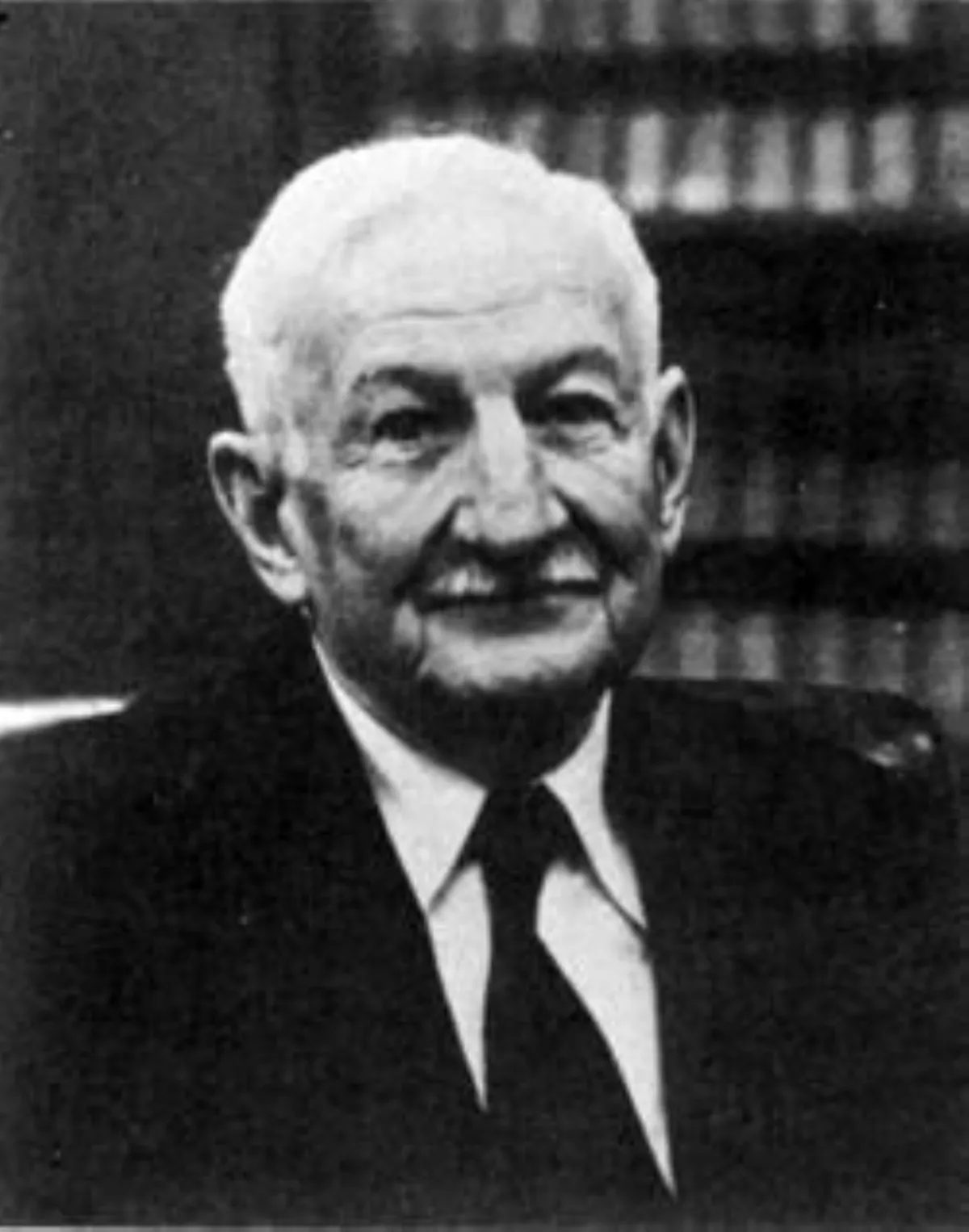 1.
1. Charles Fahy was an American lawyer and judge who served as the 26th Solicitor General of the United States from 1941 to 1945 and later served as a United States circuit judge of the United States Court of Appeals for the District of Columbia Circuit from 1949 until his death in 1979.